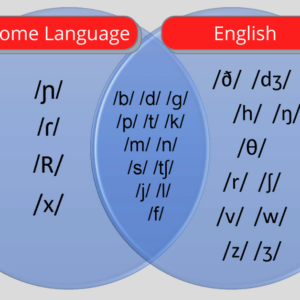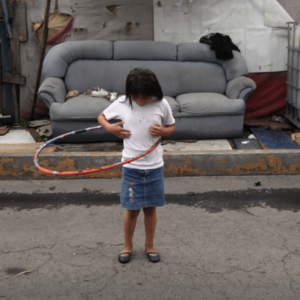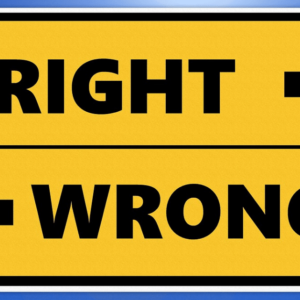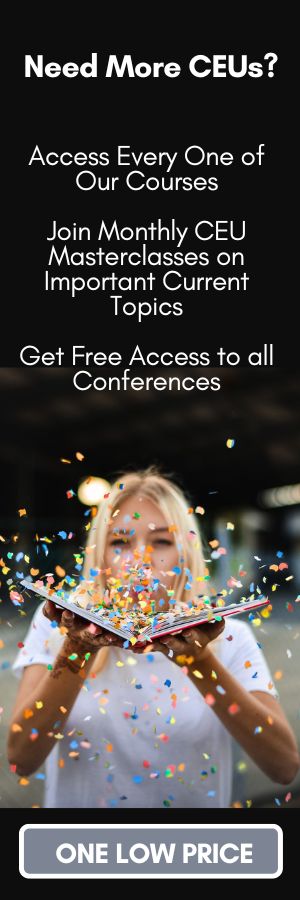Dynamic Assessment: Getting Real, Usable Information from our Testing
$15.00

Course Type: Video – 1 hour
ASHA Course Code: Education and Training Issues Associated with Speech, Language, Hearing and Related Disorders – 7020
Identify if a child should qualify, how much support they need, and how to determine what goals to write.
We all know that our formal testing doesn’t always give us all the information we need. We also know that a truly accurate evaluation has both a formal and informal component. Dynamic Assessment covers all of our bases! In this course learn how to easily deep-dive into areas of concern and find out if the student is successful when supported. For true concerns, understand how much support a student needs to be successful, what that support looks like, and how to write appropriate measurable goals to get them there.
Additional Information
| Population | School Age |
|---|---|
| Topics | Evaluations |
| Duration | 1 hour |
| Credit | .1 Continuing Education Unit |
| Format | Video |
Financial Disclosure: Marie Wirka, M.S., CCC-SLP was an employee of Bilinguistics. Bilinguistics receives royalty payments for online courses. Non-Financial Disclosure: Marie Wirka does not have any non-financial relationships to disclose.
Financial Disclosure: Lindsey Williams, M.A., CCC-SLP was an employee of Bilinguistics. Bilinguistics receives payment for online courses. Non-Financial Disclosure: Lindsey Williams does not have any non-financial relationships to disclose.
What is Dynamic Assessment?
Dynamic assessment is a lot of things. It is a less-biased approach for determining when there is a language difference rather than a language disorder because of second-language influence. It is an interactive and process-oriented procedure to measure language learning potential. It is a test-teach-retest model based on Vygotsky’s Zone of Proximal Development (ZPD). It provides us with concrete intervention targets via “mediated learning” (Feuerstein). There is a lot to be praised about dynamic assessment but how do we reap the rewards within the testing timeframes that we have been given?
Dynamic assessment enables us to take areas that have arisen as concerns on our formal testing and systematically put them through a quick 5-step process:
Intentionality – teaches the purpose of the activity
Meaning – explains why we are working on something
Transcendence – helps the student understand what happens when we don’t have the skill
Application – gives direct instructions on how to produce the skill
Competence – assures us that the student has understood.
Participants will:
Define dynamic assessment
Select teaching targets to perform appropriate assessments of CLD students
Develop practical teaching tasks
Use the results to make differential diagnoses of diverse learners
Time-Ordered Agenda:
05 minutes: Introduction
05 minutes: Framework for assessment
10 minutes: Pros and cons of formal and informal assessment
05 minutes: Explanation of dynamic assessment
20 minutes: Presentation of Mediated Learning Experience (MLE) with 5-section video teaching (Intentionality, Meaning, Transcendence, Application, Competence)
10 minutes: Presentation of results
10 minutes: Implementation of pre-and post-test strategies
05 minutes: Course quiz and evaluation
Need CEUs?

 Share
Share
 Tweet
Tweet
 LinkedIn
LinkedIn
 Pin
Pin
 Email
Email





